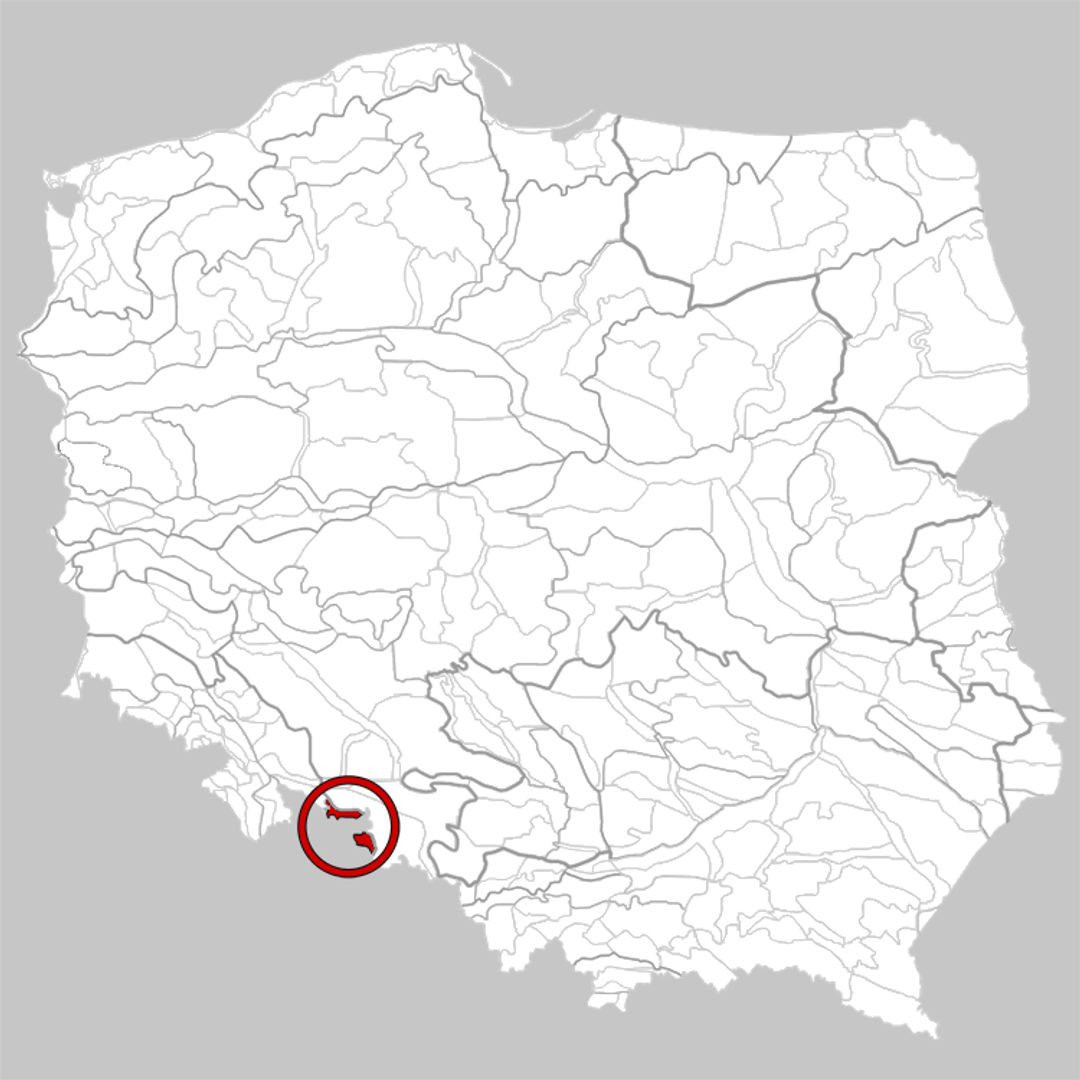Owl Mountains
6.26

Overview
The Opava Mountains, also known as Zlatohorská vrchovina, are a picturesque mesoregion in the Eastern Sudetes, stretching partly in Poland and the Czech Republic. The highest peak is Příčný vrch in the Czech Republic, while in Poland, Biskupia Kopa dominates. Geographically, the Opava Mountains are surrounded by diverse formations such as the Paczków Foothills and the High Jeseník. The terrain is varied, and the region also stands out for its natural richness, which is reflected in the establishment of the Opava Mountains Landscape Park—a place of numerous cultural and natural monuments.
Geologically, the area is composed of metamorphic rocks such as gneisses and amphibolites, as well as sedimentary rocks. Different parts of the Opava Mountains have varied geological structures, contributing to their extraordinary landscapes. The region is also known for its rich cultural traditions. In the past, it was called the Upper Silesian Mountain Corner, constituting the only mountainous area of Upper Silesia in Germany. Many local legends are associated with the region, including mysteries related to gold deposits or the lost city of Rosenau.
The Opava Mountains area is of great touristic importance, and its trails, including those leading to the aforementioned peaks, attract nature lovers and outdoor enthusiasts. It is worth noting that the Opava Mountains are also a significant point on the geological map, with the possibility of discovering many interesting rock formations and a wide diversity of fauna and flora. Within their territory, traces of human activity can be found, including numerous shelters and historic architectural objects, which further enrich the tourist offer of the region. An interesting fact is that the area is also known for its treasure-hunting traditions, attracting adventurers and tourists alike.
Location
2025 Wizytor | All Rights Reserved